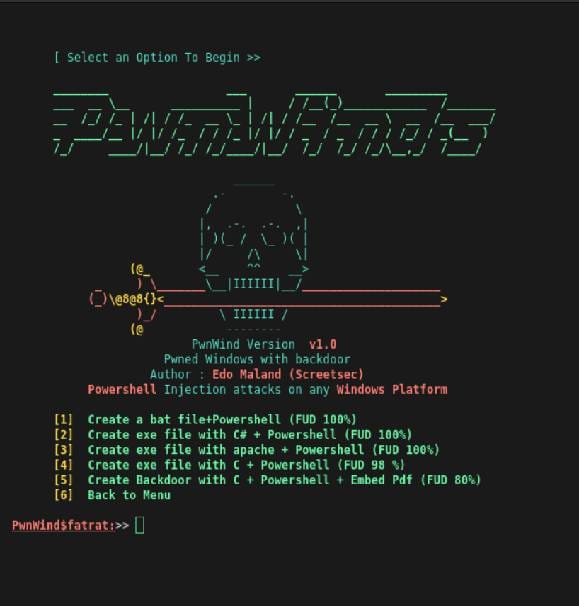Exploring TheFatRat: An Educational Open-source Tool for Understanding Malware Dynamics
Table of Content
What is the FatRat?
TheFatRat is an exploitation and pentesting tool designed for educational purposes. It has the capability to compile malware with popular payloads, which can then be executed on various platforms including Windows, Linux, Mac, and Android.
This makes it a versatile tool for understanding the dynamics of malware and how it interacts with different operating systems.
Key Features
One of TheFatRat's key features is its ability to create backdoors and payloads that can bypass most antivirus software. This feature provides a practical demonstration of the limitations of antivirus software and the importance of other security measures.

Use-cases
The user can leverage TheFatRat for various use-cases such as understanding the process of exploiting vulnerabilities, learning about post-exploitation attacks like browser attacks, and getting hands-on experience with backdoor creation.
However, it's crucial to note that TheFatRat should be used responsibly and ethically. Its use is intended for educational purposes and it should not be used to attack targets without their prior consent. Misuse of this tool can cause significant harm and is, moreover, illegal.
Disclaimer
TheFatRat is intended solely for educational applications. Any use of this tool for unauthorized attacks is illegal. The creators accept no responsibility and are not liable for any misuse or harm caused by this program.
Features
- The ability to fully automate MSFvenom and Metasploit, simplifying and enhancing the process of generating exploits.
- Generation of local or remote listeners, enabling the monitoring of network activity and collection of information.
- Ease of creating backdoor access by categorizing the Operating System, making it more streamlined to infiltrate different systems.
- The feature of generating payloads in various formats, increasing the compatibility with different systems and software.
- Bypassing anti-virus backdoors, ensuring a higher rate of success in penetrating secure systems.
- Including a file pumper, which can be utilized for increasing the size of your files, allowing insertion of more code or data.
- The capability to identify external IP and Interface addresses, making it easier to target and exploit specific networks or devices.
- Automatic creation of AutoRun files for USB/CDROM exploitation, allowing automatic execution of payloads when the device is plugged in or the CD is inserted, increasing the efficiency of the attack.
Conclusion
In conclusion, TheFatRat is a powerful exploitation tool with diverse capabilities such as generating backdoors, automating MSFvenom and Metasploit, and bypassing most antivirus software. It can be a valuable asset for cybersecurity students and professionals seeking to understand malware dynamics and exploit vulnerabilities.
However, its use must strictly adhere to ethical guidelines and legal boundaries. Misuse of this tool can lead to severe repercussions. Therefore, TheFatRat should always be used responsibly, for educational purposes only.
License
The App is released under the GPL-3.0 License. It is originally built by Edo Maland & several other Contributors.
Resources & Downloads













